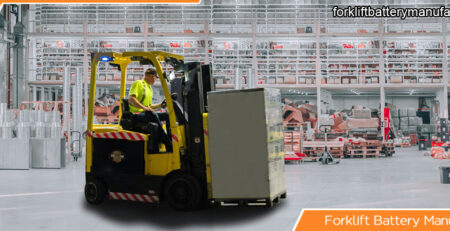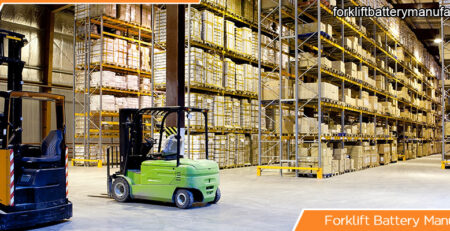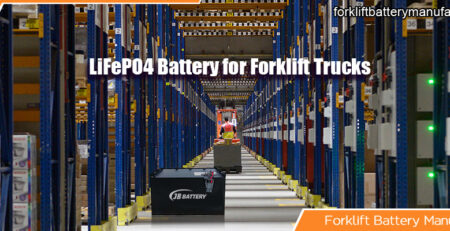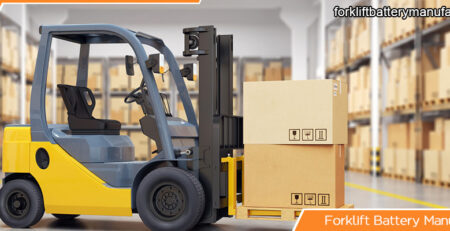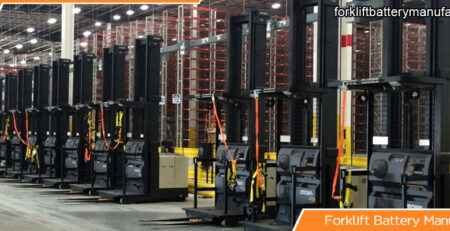7 Things You Need To Know About AGVs In The Warehouse
If you’ve been considering adding AGVs to your warehouse automation setup, here are some factors to consider to help you make your decision.
1. THERE CAN BE A CULTURAL BARRIER…BUT IT CAN BE OVERCOME.
There are a number of reasons that a warehouse can struggle with the addition of AGVs. These can include the unsettling nature of unattended, fully automated trucks moving loads, and the appearance of replacing skilled workers.
While it’s perfectly natural that employees would be unnerved by the addition of automated trucks, adding a training program for workers can help ease this transition. In reality, AGVs may not be replacing employees at all, but in many instances they perform tasks that humans are not well equipped to handle. For example, an AGV can work in extreme temperatures and are well suited for excessively repetitive tasks like retrieving empty pallets in continuous 24/7 operation, disregarding breaks and skipping any kind of absence. While AGVs handle the monotonous tasks, the employees who used to perform that task can now be placed in other areas of the warehouse where their skills can be more fully utilized. Thus, the integration of AGVs upgrades the modern workplace, allows employees to utilize their talents and even secures existing jobs by making companies and their processes more efficient and competitive.
2. THERE WILL BE IMPROVED WORKER SAFETY.
As mentioned above, AGVs can improve worker comfort by taking on tasks that would require exposure to certain conditions and repetitive tasks.
Jungheinrich’s AGVs come with forward and side sensors that detect people and obstacles. The sensors are adaptive; they adjust their detection fields based on the speed of the AGV. The faster the AGV is moving, the greater the size of the detection field. On top of the built-in sensors, during operation, the AGVs emit visual and audio signals to alert nearby workers. Also, AGVs are designed to always follow the same guided path. This predictability makes it easier for other team members to account for them and stay out of their way.
3. AGVS MAY REQUIRE SOME CHANGES TO INFRASTRUCTURE.
As an organization evaluates whether their material handling operation would benefit from the addition of AGVs, it’s important to give a thorough review of existing infrastructure. While early AGVs had substantial infrastructure demands, often requiring the addition of wiring and reflectors, new AGVs have the ability to learn floor plans and understand where fixed objects exist on the warehouse floor.
That said, before implementing AGVs you may need to make some adjustments to ensure floors are flat and grades aren’t too steep for a particular model. Also, if your facility utilizes pallets of different types and materials, these may come with challenges as their weight and dimensions may not be consistent.
4. EXPECT REDUCED COSTS LONG-TERM.
While the initial costs of adding an AGV for a small implementation might still seem too steep for smaller businesses, medium to large scale implementations can realize reduced costs over time. AGVs can help reduce operator costs (e.g., salary, insurance etc.) and reduce non-value-added time. See our example table below comparing the costs of an AGV forklift with that of an operator-controlled forklift (actual savings may vary).

5. THERE ARE RULES.
Implementing AGVs in your facility means that there will be some general rules that everyone will have to follow. Some of the basic rules required to run an AGV system are:
Rule #1: Keep travel routes clear.
This is both a safety and efficiency issue. As mentioned above, AGVs use sensors for obstacle detection while they drive their routes. That said, not removing debris and obstacles in the route is inefficient and potentially dangerous for your equipment and your team.
Rule #2: Never walk directly in front of an AGV on its travel route.
While AGVs are equipped with safety solutions, it’s always best practice to stay out of their paths when they’re on their route.
Rule #3: Always allow AGVs the right of way.
AGVs are following their automated functions throughout the day, so let them do what they’re supposed to do and provide them the right of way during daily operations to maximize their efficiency.
Rule #4: Always stay out of the “danger zone”.
This rule holds true for any lift truck, so of course it is true for AGVs as well. When an AGV is handling a load, you’ll always want to steer clear of the travel route and the surrounding hazardous areas.
Rule #5: Raised objects may not be recognized.
While the safety systems and laser scanners in place on AGVs provide for reliable operation and object detection, they may not always detect objects raised high off the ground. Therefore, it’s especially important that raised objects are kept out of the path of AGVs.
6. THERE ARE MULTIPLE WAYS TO MANAGE AGVS.
AGV is easily integrate into your existing Warehouse Management or ERP system, whether you’re running a commercially available standard software or your own custom-built system. A constant connection and integration allows these AGVs to interact with their environment, including the ability to do things like open your warehouse doors. You’ll also be constantly aware of where the AGV is and what it’s doing at any given moment.
7. Power supply
The battery of AGV is the efficient key, a high performance battery makes a high-efficiency AGV, a long lasting battery makes an AGV gets long working hours. Lithium-ion battery is suited for AGV excellent working. JB BATTERY’s LiFePO4 series is high performance lithium-ion battery, whihch are reliable, energy efficiency, productivity, safety, adaptability. So the JB BATTERY LiFePO4 battery is especially suitable for the Automatic Guided Vehicle(AGV) application. It keep your AGV running as effectively and efficiently as they could.
If you’re considering adding AGVs to your warehouse or manufacturing area, you’ll want to be aware of each of the above points so you can help make the integration as smooth as possible.


